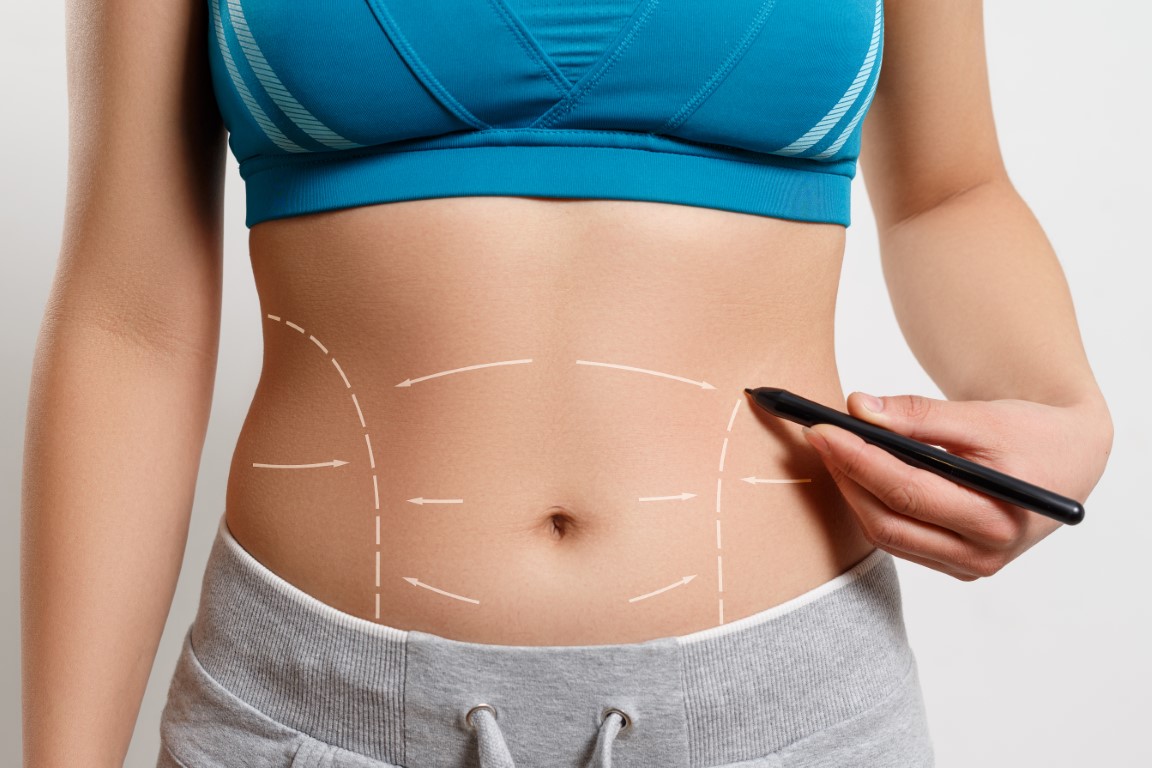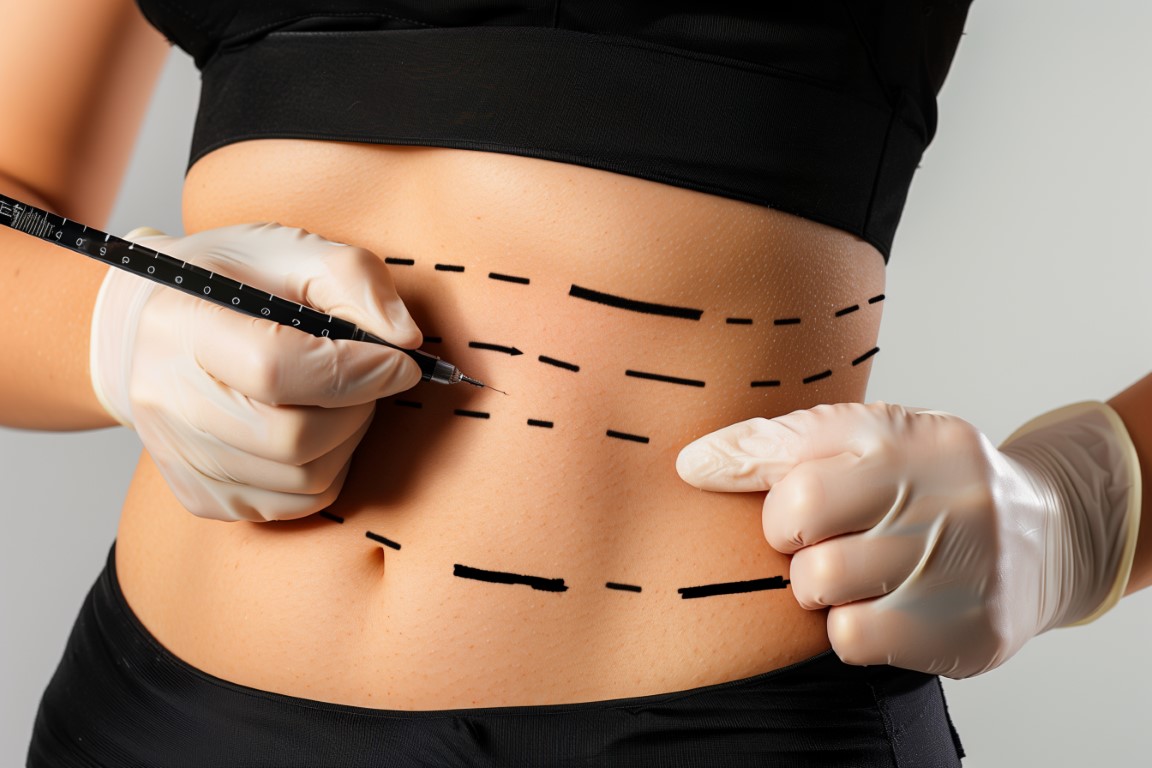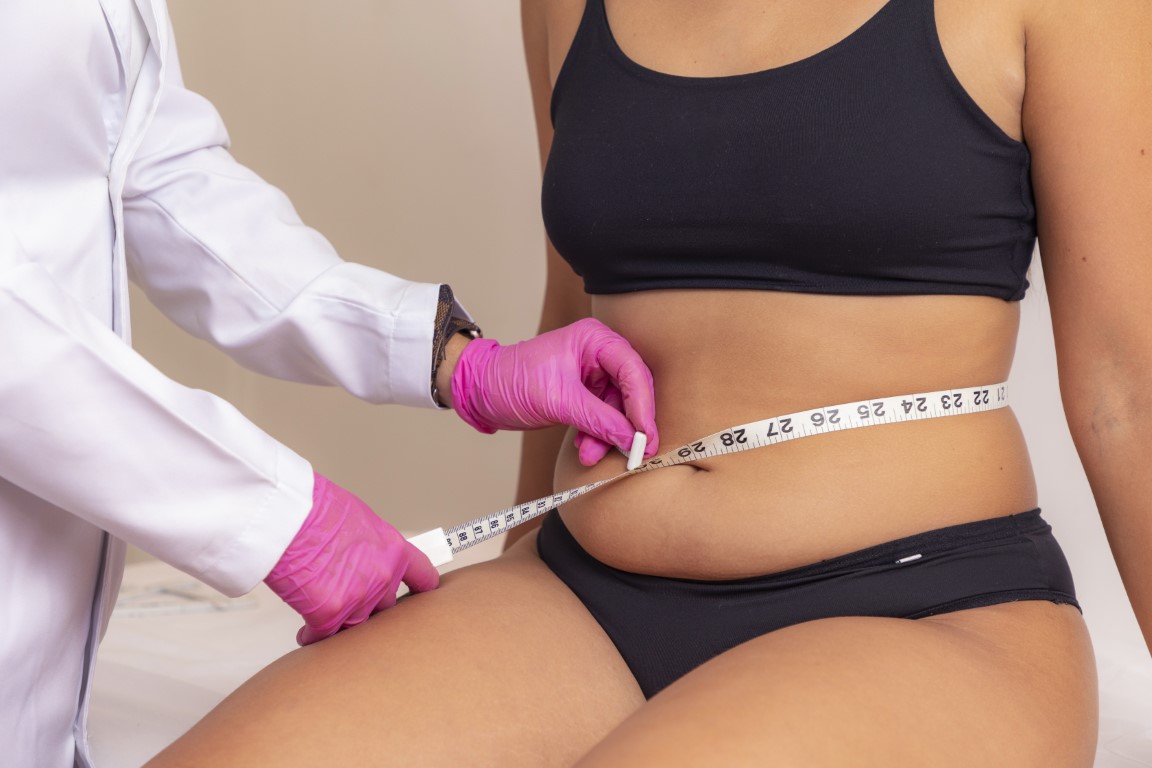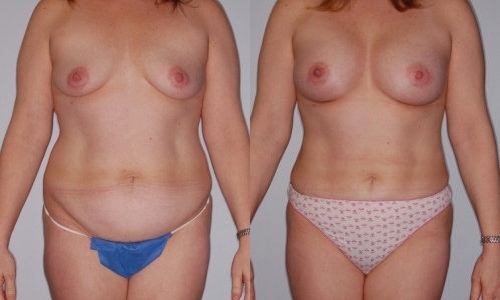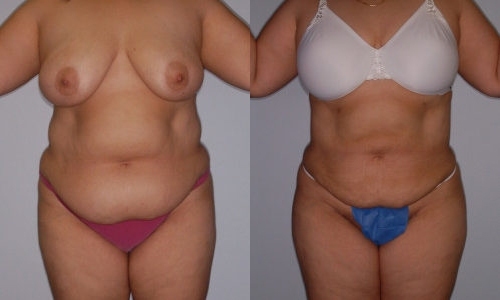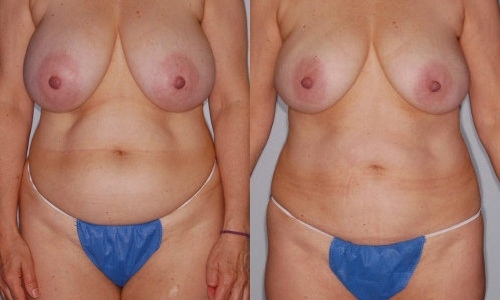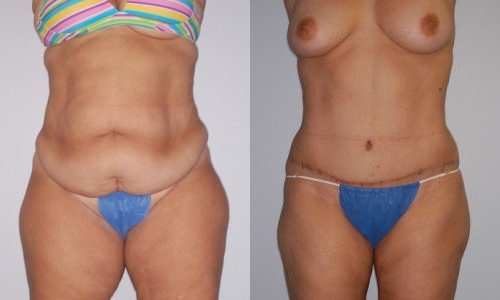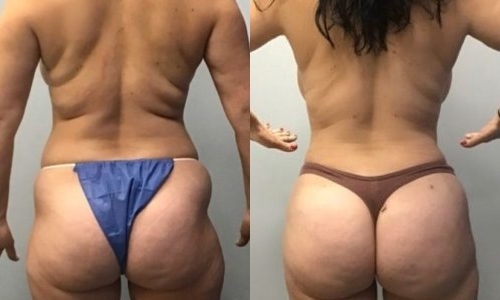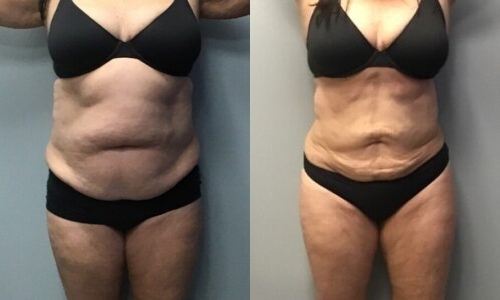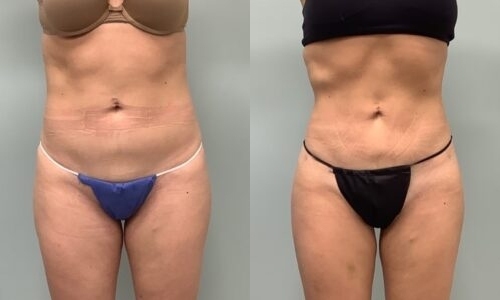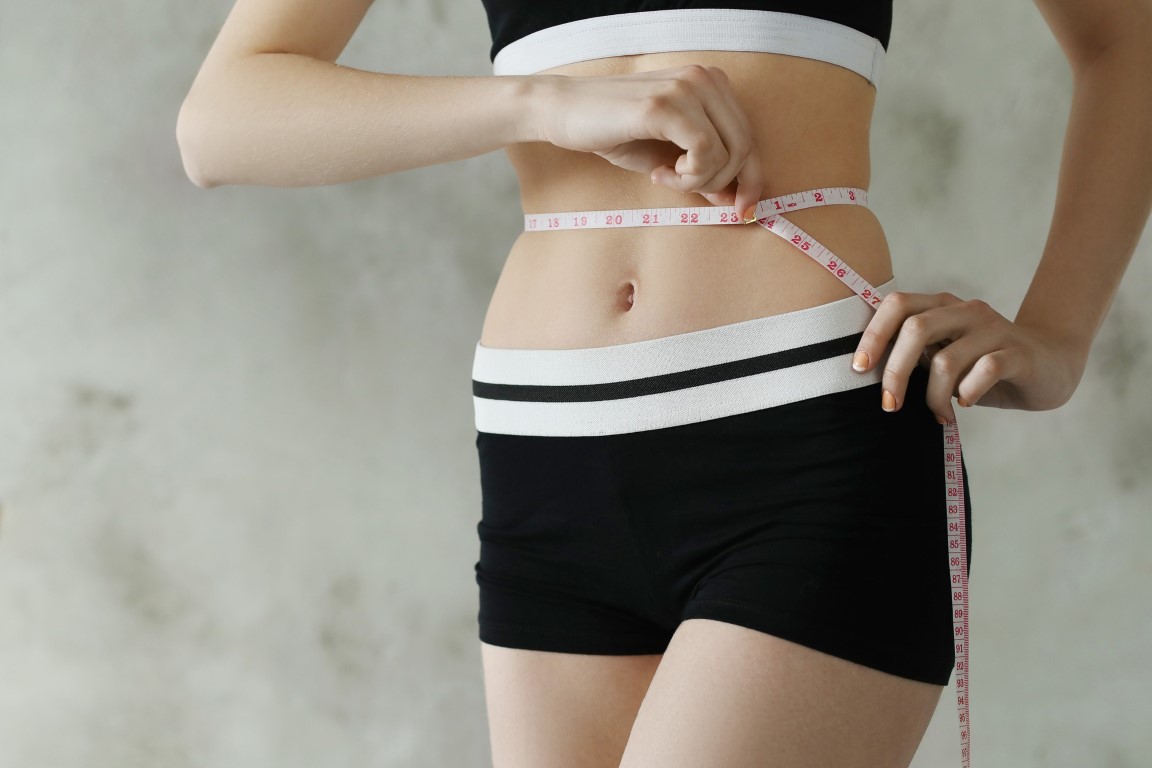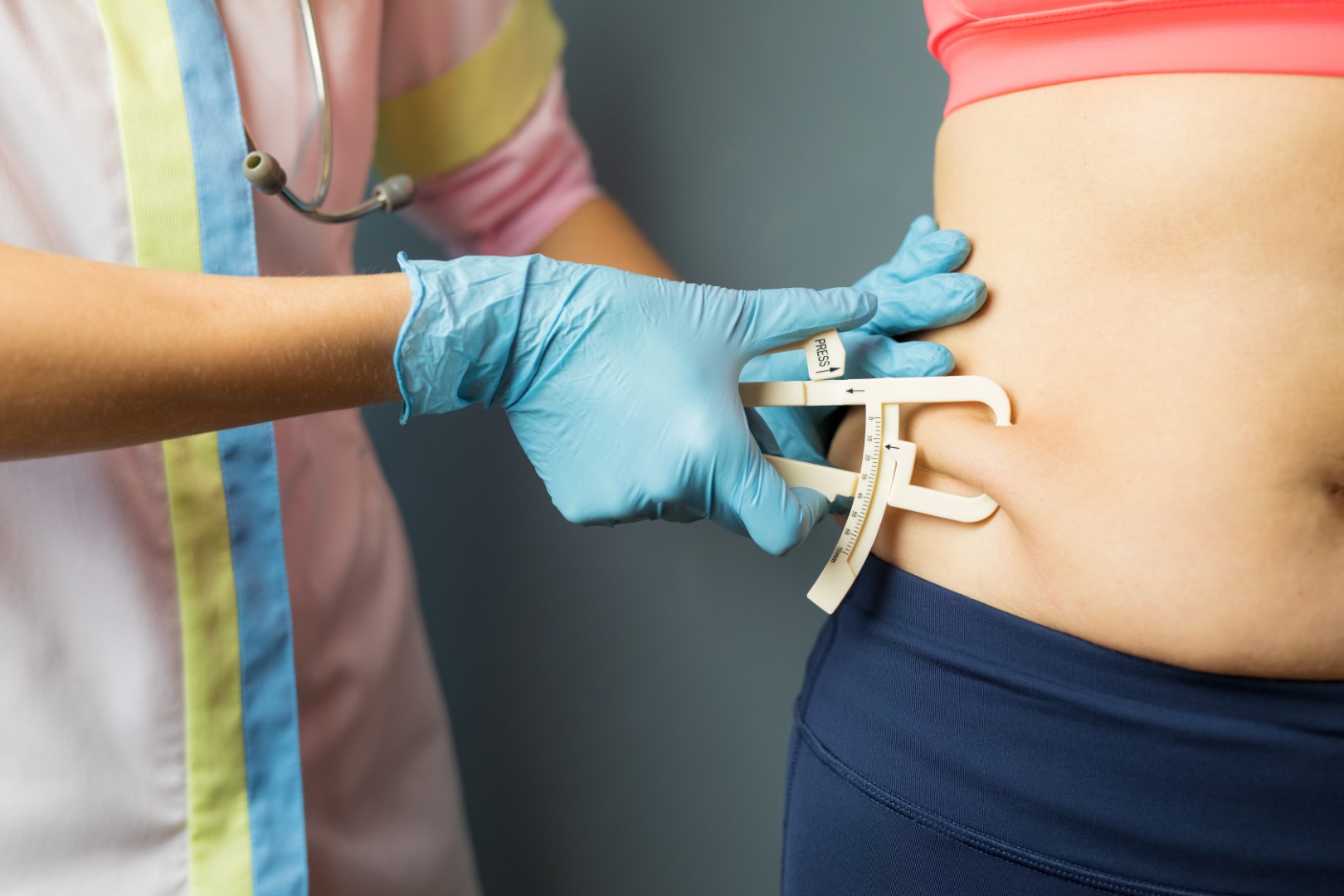Dr. Moskovitz, a renowned Liposuction Surgeon in NY with many years in this field, offers expert body contouring. His Lipo 360 approach reshapes areas like the abdomen, hips, and back, creating a slimmer, more sculpted appearance. Patients from New York and New Jersey trust his expertise for transformative, life-changing results with Liposuction Surgery.
- Abdomen, waist, and hips
- Buttocks, thighs, and knees
- “Buffalo hump”, upper arms and axilla
- Double chin
- Love handles, chest and back


